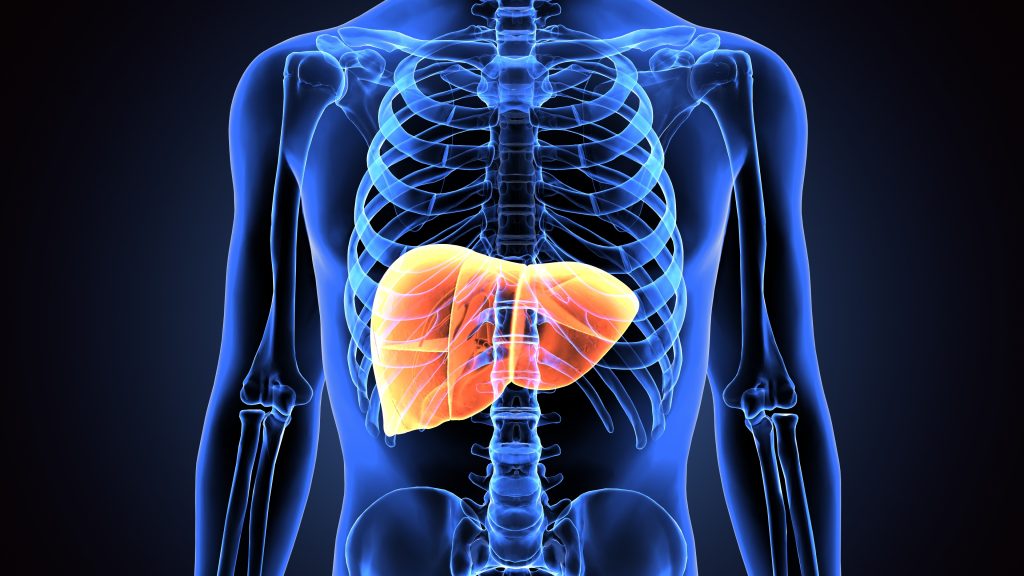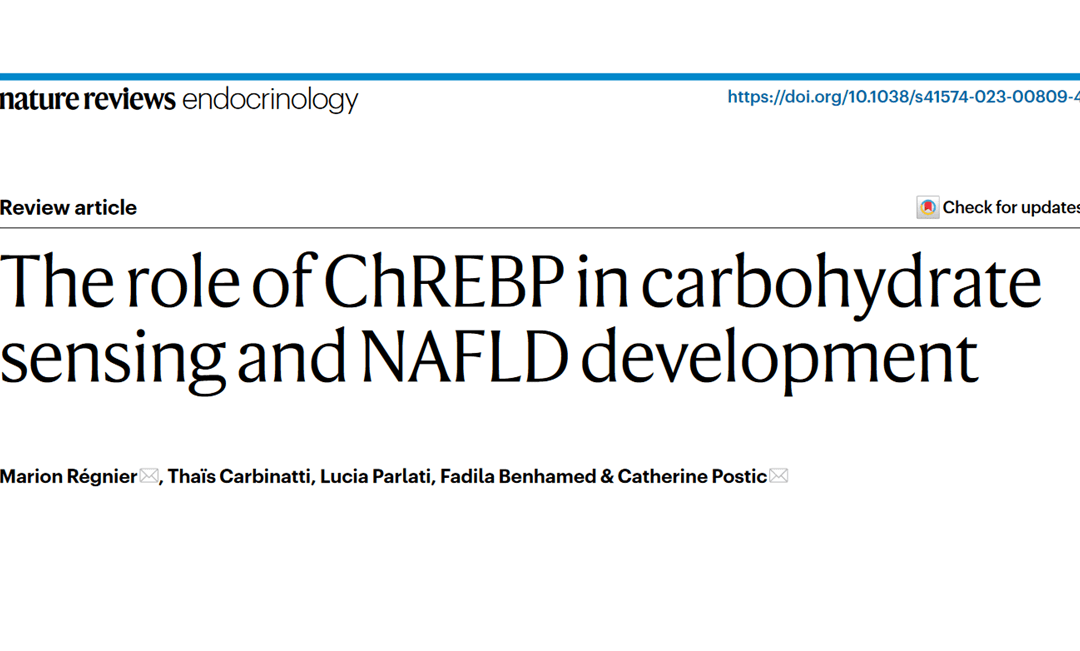News
News

Metformin: update on mechanisms of action and repurposing potential
by Marc Foretz, Bruno Guigas & Benoit Viollet,

Demi-journée Scientifique de l’IHM “Dialogue inter-organes dans le diabète””
L’IHM du Diabète vous invite à sa demi-journée scientifique sur la thématique du « Dialogue inter-organes dans le diabète » le 4 Juillet 2023 de 9h à 13h, Amphithéâtre 3 Site Necker, 160 rue de Vaugirard, 75015 Paris Lien vers le formulaire d’inscription : ...

Press communication about how liver cells control our biological clock

Mice with humanized livers reveal the role of hepatocyte clocks in rhythmic behavior
To explore whether peripheral organ circadian clocks may affect the central pacemaker, Anne-Sophie Delbes et al. used a chimeric model in which mouse hepatocytes were replaced by human hepatocytes. Liver humanization led to reprogrammed diurnal gene expression and advanced the phase of the liver circadian clock that extended to muscle and the entire rhythmic physiology

The 59th EASD Annual Meeting
The 59th EASD Annual Meeting will take place as a hybrid congress.
Tuesday, 3 October – Friday, 6 October 2023
Hamburg Exhibition and Congress
Messeplatz 1, 20357 Hamburg, Germany

19th IDS Congress Paris 2023
19th IDS Congress
May 23–27, 2023
Paris, France
Organized by Roberto Mallone & David Klatzmann

New Review from Postic lab
Abstract Excessive sugar consumption and defective glucose sensing by hepatocytes contribute to the development of metabolic diseases including type 2 diabetes mellitus (T2DM) and nonalcoholic fatty liver disease (NAFLD). Hepatic...

A review from Mallone Team in nature reviews endocrinology
A perplexing feature of type 1 diabetes (T1D) is that the immune system destroys pancreatic β-cells but not neighbouring α-cells, even though both β-cells and α-cells are dysfunctional. Dysfunction, however, progresses to death only for β-cells. Recent findings indicate important differences between these two cell types.
